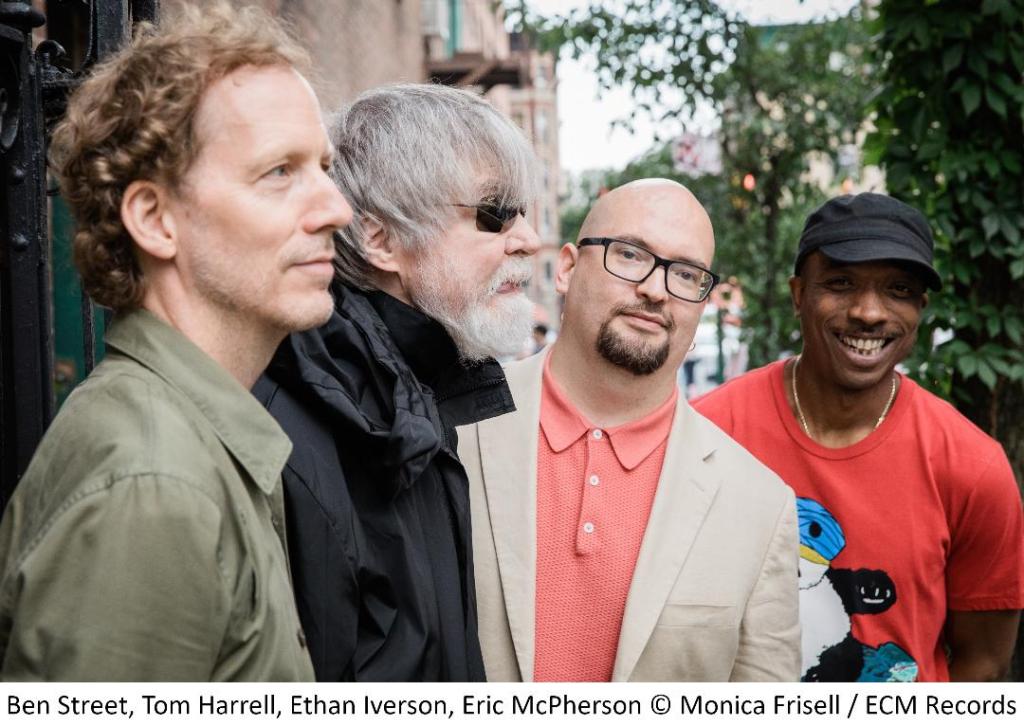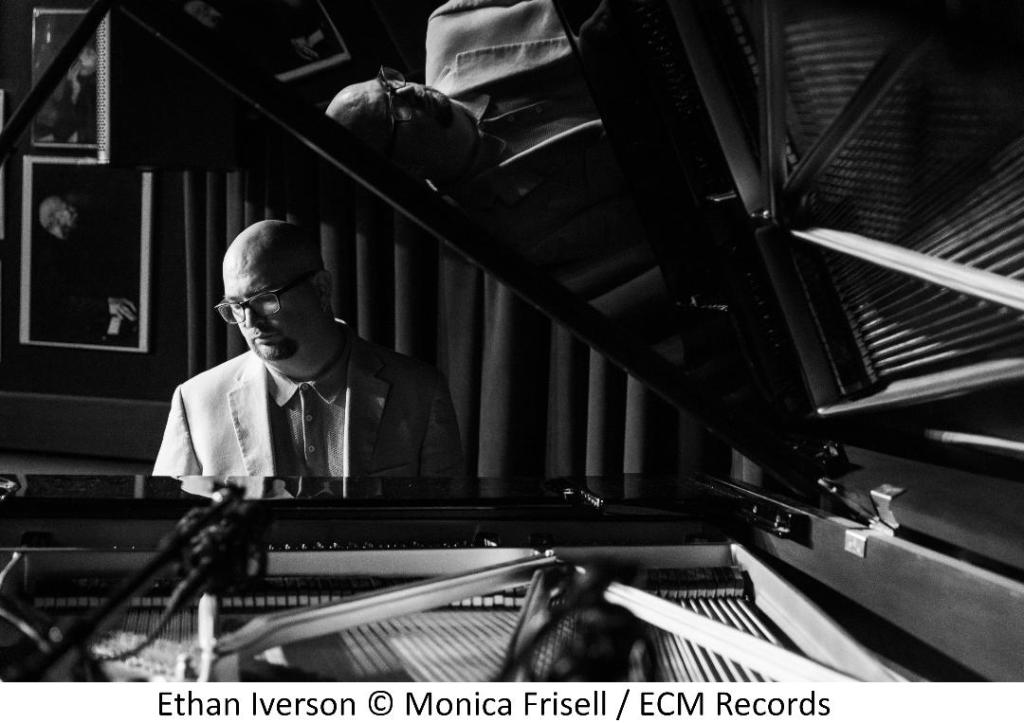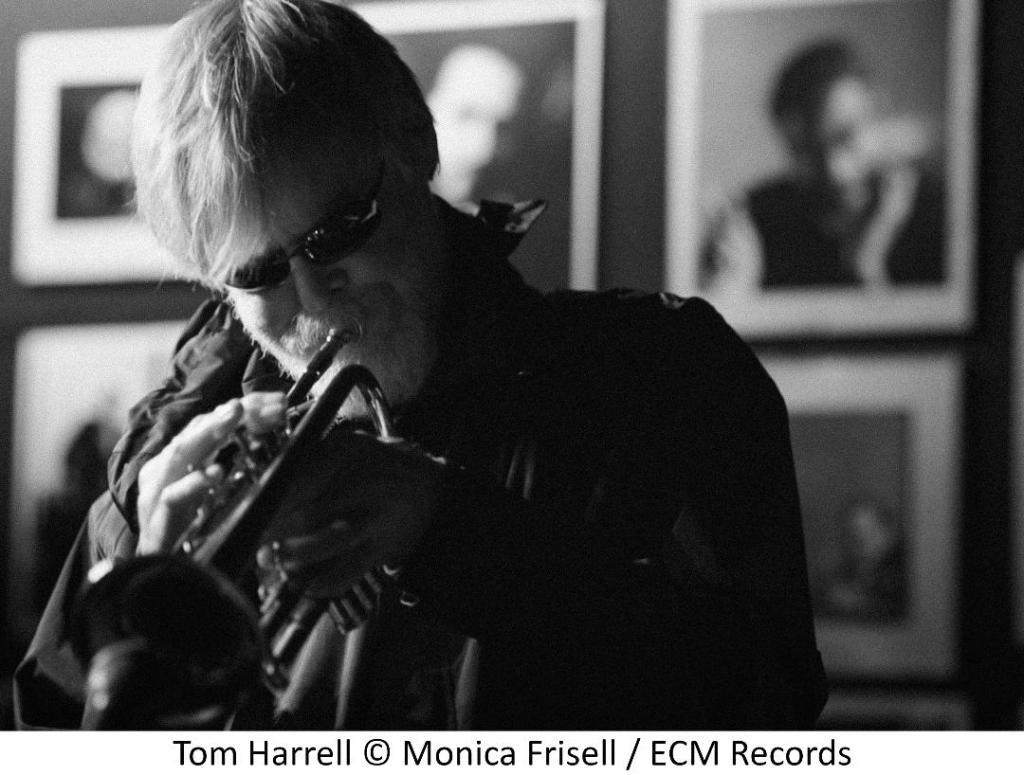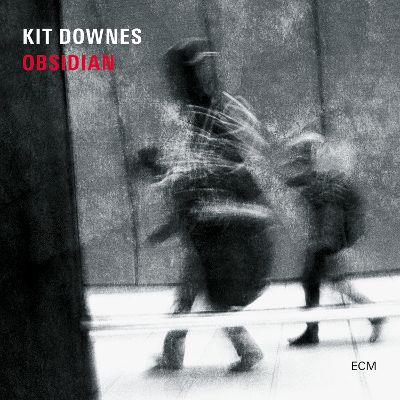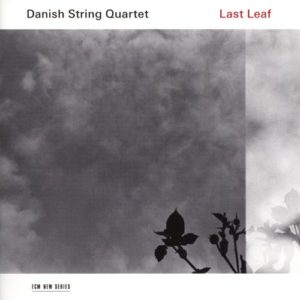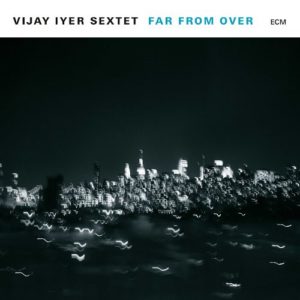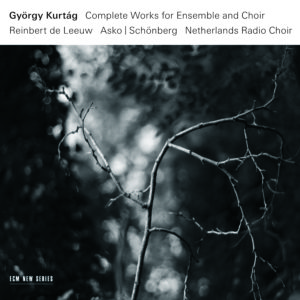
Remember Me, My Dear
Jan Garbarek and the Hilliard Ensemble
ECM New Series 2625
The Hilliard Ensemble disbanded five years ago. Happily, they made a few recordings for ECM that have allowed listeners to continue to enjoy new music from them. Remember Me, My Dear was recorded on their last tour in 2014 at the Collegiate Church in Bellinzona, Switzerland. It celebrates a quarter century of collaboration, beginning with the Officium album, released in 1994 to wide acclaim.
As with their previous collaborations, Remember Me, My Dear features both early music by composers such as Hildegard von Bingen, Pérotin, and the ever ubiquitous Anonymous, as well as twentieth/twenty-first century pieces by Arvo Pärt, Komitas, and Russian liturgical composer Nikolay Kedrov. Often the blending of resources is impressive. Garbarek creates imitative lines that further elaborate Kedrov’s “Litany” and revels in the modal scales found in “Procedentem Sponsum.” The saxophonist solos over the Hilliard Ensemble singing suavely arranged jazz chords on his original “Allting Finns.”
Elsewhere, there is a juxtaposition of disparate elements. On an Agnus Dei by the Renaissance composer Antoine Brumel, the counterpoint from the voices serves as a backdrop for cascading runs by Garbarek. In the title track, which originally appeared on the studio album Mnemosyne, a homophonic chanson is elaborated with saxophone filigrees between phrases.
Garbarek’s original “We are the Stars” is a rapturous piece, with soprano saxophone contributing altissimo register climaxes that are shadowed by countertenor David James in his own upper register. Guilliame Le Rouge’s fifteenth century chanson Se je fayz deuil ideally presents the autumnal warmth of the quartet’s sound in the Collegiate Church’s generous acoustic. Pérotin’s Alleluia Navitas provides a joyous colloquy between Garbarek and the singers. Who knew that medieval organum could so successfully afford rollicking, bluesy rejoinders?
Remember, My Dear amply demonstrates that, until the end of their work together, the Hilliard Ensemble remained in fine voice. It is always difficult to say goodbye to a group that has played such a pivotal role in one’s study and enjoyment of music. The post-disbandment releases shared on ECM have been a generous surplus. The Hilliard Ensemble, and their collaboration with Garbarek, will be dearly remembered for a long time to come.
-Christian Carey
